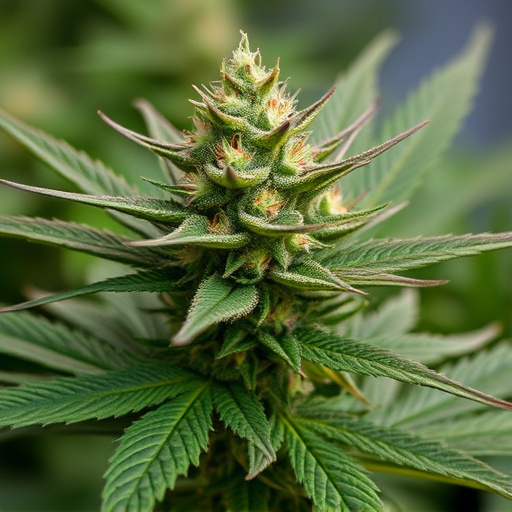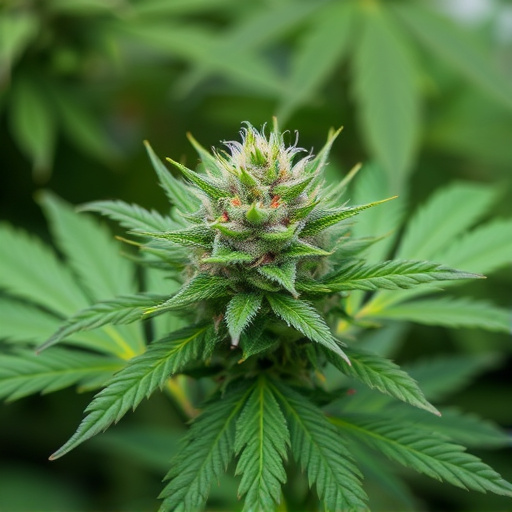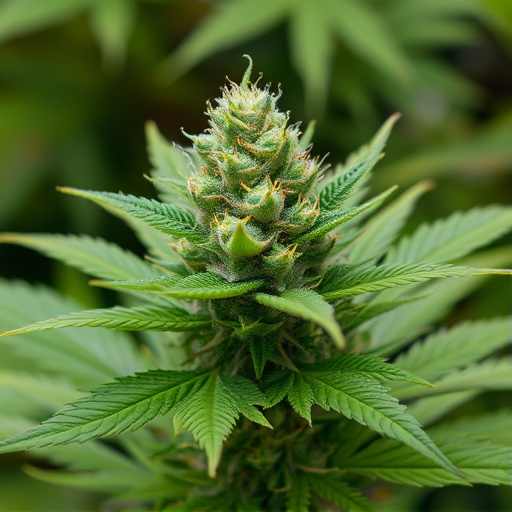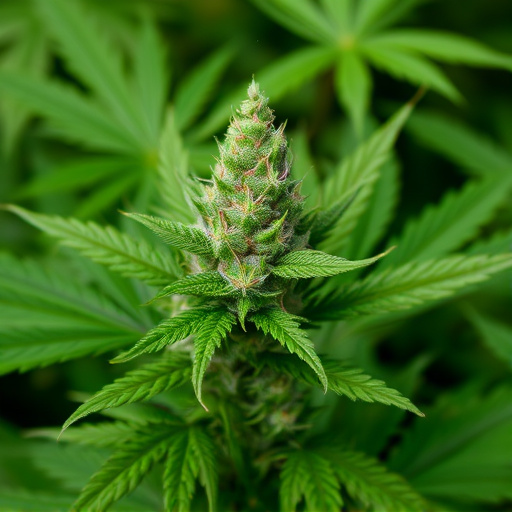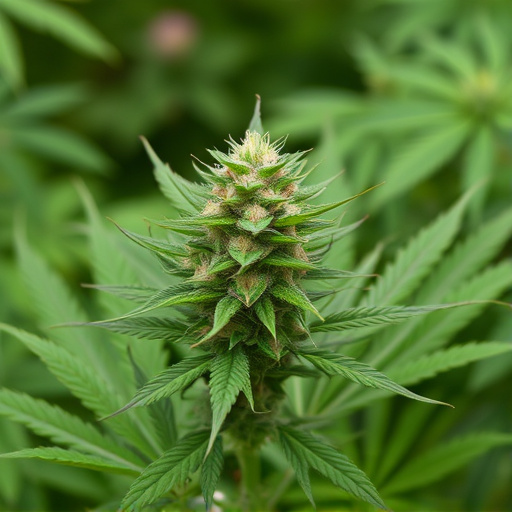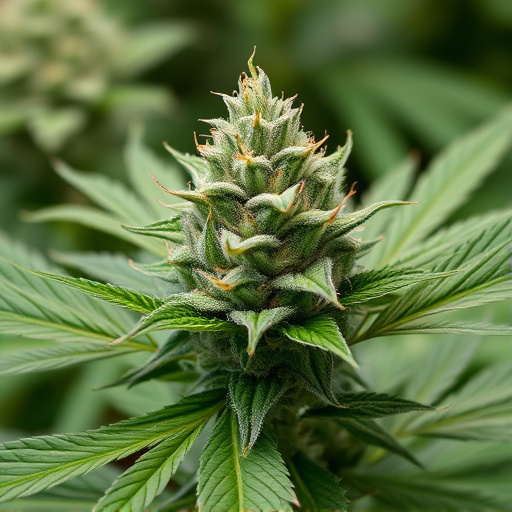Cannabis users debate the merits of full-spectrum versus isolated cannabinoids, with full-spectrum retaining all natural compounds for a holistic experience and entourage effect, while isolated forms like CBD or THC offer targeted benefits with precision dosing. Choosing between them depends on desired cannabis strain effects and individual preferences, as each caters to distinct consumer needs regarding overall wellness or specific conditions.
“In the realm of cannabis, understanding the distinction between full-spectrum and isolated cannabinoids is paramount for consumers seeking tailored relief. This article guides you through a comprehensive exploration of these two dominant forms, shedding light on their unique properties and effects. From the multifaceted tapestry of cannabis strains to the decision-making process, we delve into the pros and cons to empower informed choices based on desired outcomes.”
- Understanding Full-Spectrum and Isolated Cannabinoids: A Basic Breakdown
- Cannabis Strains and Their Unique Profiles: Exploring the Spectrum
- Deciding Between Full-Spectrum vs. Isolated: Weighing the Pros and Cons
Understanding Full-Spectrum and Isolated Cannabinoids: A Basic Breakdown
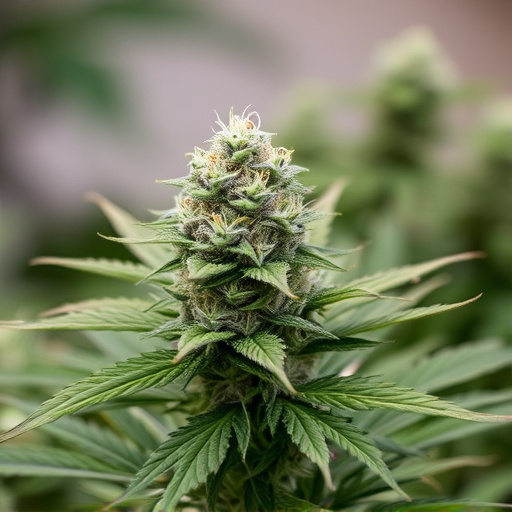
Cannabis enthusiasts and researchers often debate the merits of full-spectrum versus isolated cannabinoids, especially when considering their effects on users. To grasp this distinction, it’s essential to understand what each term entails. Full-spectrum cannabis refers to extracts that retain all the chemical compounds found in the plant, including terpenes and other minor cannabinoids. This natural combination mirrors the complex profile of cannabis strains, known for their diverse effects on the body and mind.
In contrast, isolated cannabinoids are single compounds extracted from the plant, such as CBD or THC. While these isolated forms offer targeted benefits, they don’t replicate the full range of effects that come from the intricate interplay of compounds found in full-spectrum extracts. When consumed, full-spectrum products allow users to experience what many describe as the “entourage effect,” where cannabinoids and terpenes work synergistically to enhance or modulate each other’s actions, potentially leading to more balanced and diverse therapeutic outcomes compared to isolated forms.
Cannabis Strains and Their Unique Profiles: Exploring the Spectrum
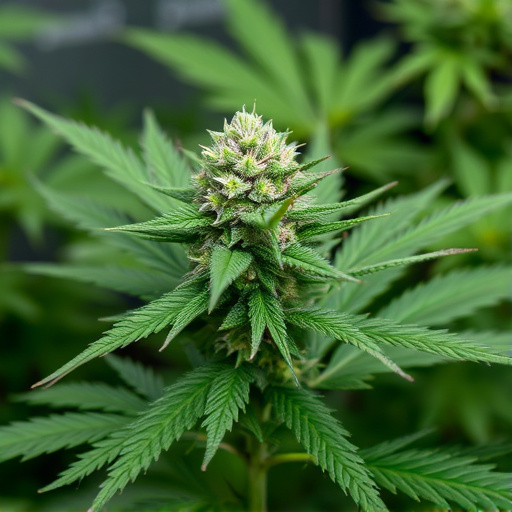
Cannabis plants, with their diverse genetic makeup, produce an array of chemical compounds known as cannabinoids. These cannabinoids contribute to the unique profiles and associated effects of different cannabis strains. When we discuss full-spectrum or isolated cannabinoids, understanding the complex nature of these strains is essential. Each strain has its own balance of THC (tetrahydrocannabinol), CBD (cannabidiol), and other minor cannabinoids, creating a specific effect on the body and mind.
The ‘full-spectrum’ term refers to cannabis extracts that include all the natural cannabinoids present in the plant, preserving the original chemical composition. This means users can experience the entourage effect, where various cannabinoids interact and enhance each other’s effects. In contrast, isolated cannabinoids are single compounds extracted from the plant, offering a more concentrated dose of one specific cannabinoid, such as THC or CBD. Exploring these differences is crucial for consumers to understand how cannabis strains and their varying profiles impact their overall experience and perceived benefits, highlighting the importance of choosing the right strain based on desired effects.
Deciding Between Full-Spectrum vs. Isolated: Weighing the Pros and Cons
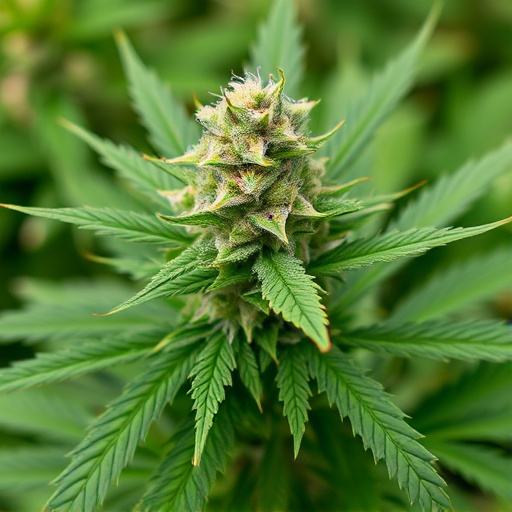
When considering full-spectrum vs. isolated cannabinoids, understanding the differences is key. Full-spectrum cannabis products retain all the natural compounds found in the plant, including terpenes and other minor cannabinoids. This means each strain maintains its unique combination of effects, often described as an entourage effect, where the whole is greater than the sum of its parts. On the other hand, isolated cannabinoids are single molecules extracted from the plant, like CBD or THC. While they offer targeted benefits, removing them from the complex web of compounds in cannabis can result in a different experience for each user.
Deciding between full-spectrum and isolated depends on individual needs and preferences. Full-spectrum advocates argue that preserving the natural balance of compounds enhances overall wellness and provides a more holistic experience, aligning with the way cannabis interacts within the body. Isolated cannabinoids, however, offer precision dosing and targeted support for specific conditions or desired effects, making them appealing to users seeking clear benefits without the full spectrum’s variability.
When considering the use of cannabinoids, understanding the difference between full-spectrum and isolated forms is key. Full-spectrum cannabinoids offer a more natural experience, reflecting the complex interplay found in cannabis strains and their diverse effects. On the other hand, isolated cannabinoids provide targeted relief by focusing on a single compound. The choice depends on personal preferences and desired outcomes, with both options valid and beneficial in their own right. Exploring the unique profiles of cannabis strains and their effects can guide individuals towards making an informed decision tailored to their wellness needs.








